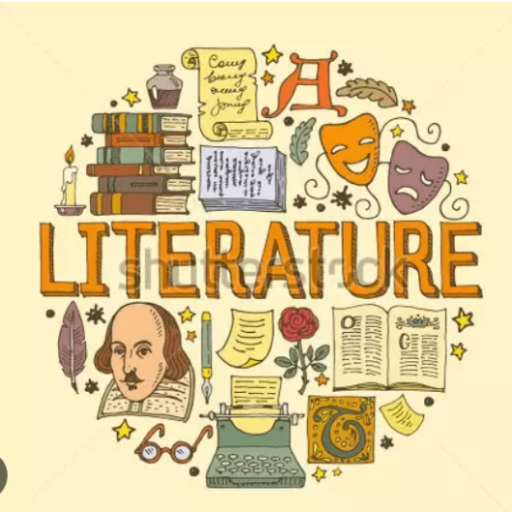Symbolism plays a significant role in literature, allowing authors to convey deeper meanings and evoke emotions beyond the surface-level narrative. Modern Novelist Virginia Woolf’s acclaimed novel, “To the Lighthouse,” is a prime example of a work rich in symbolism.
Through the strategic use of various symbols, Woolf explores profound themes and offers a multi-layered reading experience for the audience. In this article, we will delve into the symbolism present in “To the Lighthouse” and uncover its diverse interpretations.
Advertisement
Symbolism in “To the Lighthouse”
The Lighthouse
The lighthouse, which stands as a prominent symbol throughout the novel, represents different ideas for different characters. To Mrs. Ramsay, it symbolizes stability, hope, and a sense of purpose.
Advertisement
For Lily Briscoe, a painter and close friend of the family, it embodies the artistic vision, inspiration, and quest for understanding. The lighthouse also signifies a distant destination, an elusive goal that some characters strive to reach.
Advertisement
The Sea: Symbolism in To the Lighthouse
The sea in “To the Lighthouse” serves as a symbol of change, uncertainty, and the vastness of human experience. It reflects the ebb and flow of life and emotions.
Advertisement
The characters’ interactions with the sea parallel their inner struggles and personal growth. The sea also represents the boundary between the conscious and subconscious realms, blurring the lines between reality and imagination.
The Ramsay Family
Each member of the Ramsay family embodies different symbolic elements. Mr. Ramsay symbolizes intellectual pursuits, philosophical musings, and the quest for knowledge.
Mrs. Ramsay represents nurturing and domesticity, providing warmth and stability to those around her. The children, especially James and Cam, symbolize the transition from innocence to maturity and the complexities of human relationships.
The Paintings: Symbolism in To the Lighthouse
Paintings play a crucial role in the novel, acting as symbols of artistic expression and the subjective nature of perception.
Lily Briscoe’s painting of Mrs. Ramsay and her journey to complete it symbolize the challenges faced by artists and the exploration of one’s inner self through creative endeavors.
The Time: Unveiling the Symbolism in To the Lighthouse
The passage of time is a recurring theme in “To the Lighthouse,” and it is symbolized through the shifting perspectives and reflections of the characters.
The novel explores how time affects relationships, perceptions, and personal growth. The ticking clock and the rhythmic patterns of life serve as reminders of the fleeting nature of existence.
Interpretations of Symbolism
The symbolism in “To the Lighthouse” allows for multiple interpretations, depending on the readers’ perspectives. Here are some common themes associated with the symbols:
Exploration of Inner Self
The lighthouse, the sea, and the paintings all serve as catalysts for the characters’ introspection and self-discovery.
They represent the desire to understand oneself better and to explore the complexities of human nature.
Passage of Time: Symbolism in To the Lighthouse
Woolf’s use of symbolism emphasizes the ever-changing nature of time. The characters’ experiences and relationships evolve over the years, highlighting the transient nature of life and the inevitability of change.
Transience and Mortality
The symbols in the novel underscore the transient nature of existence and the fragility of human life.
The sea, the passing of seasons, and the characters’ reflections on mortality invite contemplation on the fleeting moments that shape our lives.
Feminism and Gender Roles
Woolf’s exploration of gender roles and feminism is reflected through symbolism. The lighthouse, often associated with masculinity and traditional authority, can also be seen as a representation of breaking free from societal expectations and embracing personal empowerment.
Conclusion
“To the Lighthouse” by Virginia Woolf is a literary masterpiece that employs rich symbolism to deepen its themes and engage readers on multiple levels.
Through the use of symbols such as the lighthouse, the sea, the Ramsay family, the paintings, and the concept of time, Woolf explores profound ideas of self-discovery, transience, mortality, and feminism.
The novel’s intricate symbolism invites readers to interpret and connect with the narrative in their own unique ways.
Frequently Asked Questions
Are there any film adaptations of “To the Lighthouse”?
While there have been adaptations of Virginia Woolf’s works into films, as of now, there is no widely recognized film adaptation of “To the Lighthouse.”
How does Virginia Woolf’s writing style contribute to the symbolism in the novel?
Virginia Woolf’s stream-of-consciousness writing style allows readers to delve into the character’s inner thoughts and perceptions, enhancing the impact of the symbolism present in the novel.
What are some other examples of symbolism in “To the Lighthouse”?
In addition to the symbols discussed in this article, other examples of symbolism in “To the Lighthouse” include the dinner party scene, the moth, and the window as a metaphorical boundary between inside and outside worlds.

